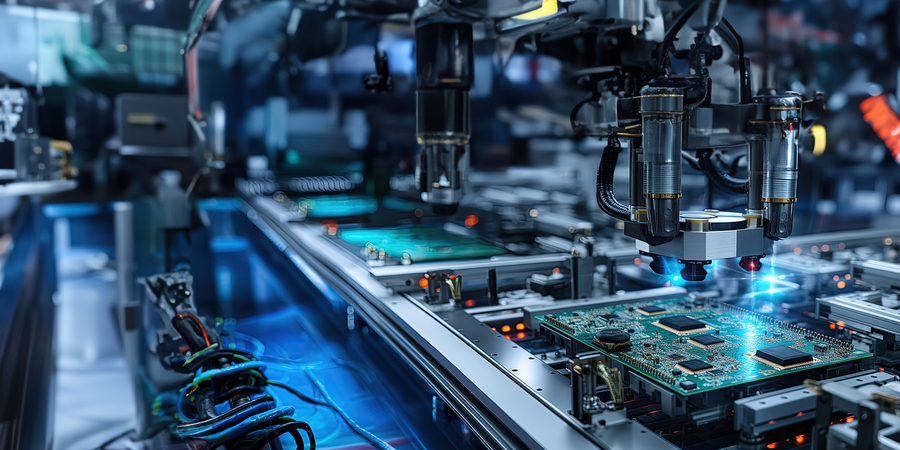For the retail industry, such as supermarkets and fruit stores, an electronic scale with high accuracy, simple operation and price calculation function is required. Generally, a range of 15kg - 30kg can meet the daily weighing needs of commodities. In the industrial field, such as the chemical and building materials industries, a large-capacity (several tons or even dozens of tons) electronic scale with special functions such as explosion-proof and corrosion resistance may be needed to adapt to
When cleaning, turn off the power of the electronic scale first, and gently wipe the weighing pan and the outer shell with a soft, damp cloth. Avoid water from entering the interior of the scale. For stubborn stains, a small amount of neutral detergent can be used, but make sure the detergent will not corrode the scale body material. Regularly check whether the components of the scale body are loose or damaged, especially the connection part of the sensor. If it is not used for a long time, remo
It should be placed on a level and stable surface to avoid errors caused by tilting or shaking. Avoid overloading, as it may damage the sensor. When weighing, make sure the items are placed in the center of the weighing pan and are stable. Also, avoid using it in humid, dusty, high-temperature or strong electromagnetic interference environments, such as near large motors, transformers and other equipment.
First, you need to prepare standard weights with a higher accuracy than the requirements of the electronic scale. Then, follow the calibration operation process of the electronic scale. Generally, in the power-on or a specific mode, place the standard weights in the center of the weighing pan. After the reading stabilizes, input the weight value of the standard weights, and the electronic scale will automatically adjust for calibration. The calibration process should be carried out in a stable,
The accuracy of an electronic scale is usually determined by its division value (d) and maximum capacity (Max). For example, an electronic scale with a maximum capacity of 30kg and a division value of 0.01kg means that it can measure accurately to 0.01kg within the weighing range from 0 to 30kg. Higher accuracy allows for smaller weight differences to be detected, but it can also be affected by sensor performance and environmental factors.






WhatsAPP1

WhatsAPP2